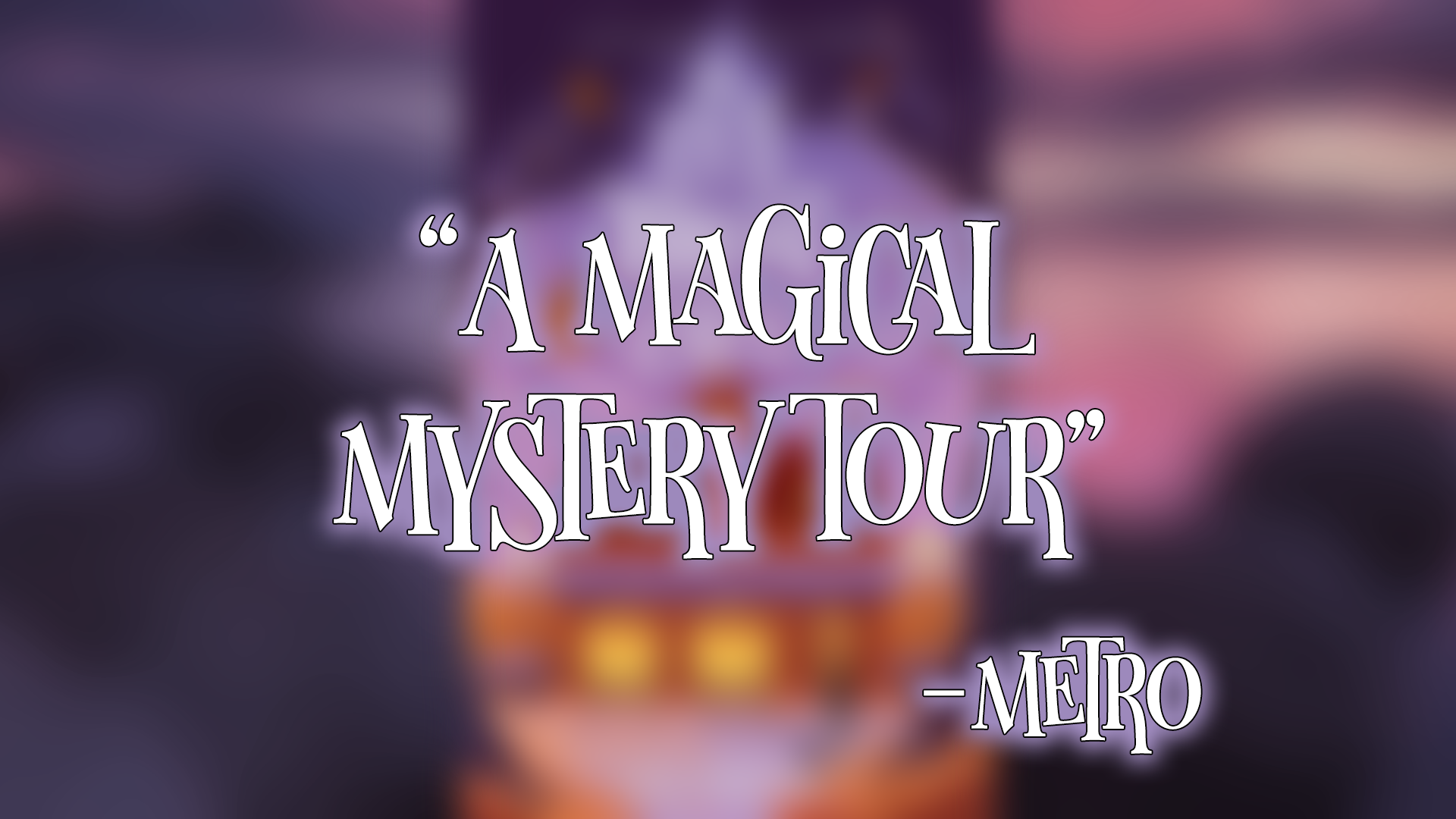It’s a well-known say that you should never judge a book by its cover. But where did that saying even come from?
Just how much more important could a book jacket possibly be?
It is the very first thing that attracts any browser (potential buyer/reader) in a book shop.
The cover design, the blurb on the front, the description on the back are doing the job of convincing someone that if they spend a few hours of their precious time reading these pages that they won’t be disappointed.
And particularly for a debut author, no-one is picking up that book because they know your name.
So how did book jackets go from being something you should never judge the contents by – to being so important? Check out this cover.
If you did a random quiz and asked folk to guess the story, having removed the title and author, how many would ever get that this is the very first Miss Marple mystery ‘The Murder at the Vicarage’.
And what is with that giant ear?
The one for The Caribbean Mystery is too gruesome to even want to show here. Sure I don’t remember it being quite that nasty!
Book jackets are as much victims of changing tastes and ideas. My own bookshelves act like a potted history of jacket design.
You can read the minds of some of the early jackets designers. It's the lure of a splash of blood and a dead body that are bringing in the readers - right?
So that's exactly what you need on the cover.

They must have been thinking you entice in those pulp fiction readers who are after the thrill of the chase, a smoking gun and a damsel in distress.
So ‘The Hound of the Baskervilles’.
You’ve got the world’s most famous, iconic detective, you’ve got an inheritance, Dartmoor, a prison and rumours of a killer gigantic hound.
What would you put on the cover . . . ?
Second-hand books generate a whole feeling that can bring back memories of a book instantly. Not only the crack of old glue on an ancient spine, the way the pages might fall may tell you how much this book has been enjoyed before. But I also love looking at old covers.
There was a noticeable vogue in the fifties, sixties and into the early seventies, for crime fiction to feature a series of artfully arranged props possibly (or not) referred to in the story.
I loved the story in Mrs McGinty's dead and I sure remember that giant fly on the jacket - but would that make you want to buy that book if it wasn't by Agatha Christie? (And do I remember a fly in the story . . . ?)
But some are also brilliant.
My favourite crime fiction jacket of all time has to be for Death in the Clouds.
This time a wasp really is a pivotal part of the plot (genius story with that genius cover featuring a giant wasp attacking a plane).
You can notice the evolution of an early Inspector Morse jacket, and how the publishers and designers slowly wised up to the fact that it was largely the puzzles twinned with the intellectual setting of Oxford that was bringing readers to these books.
And now murder mysteries for children have really taken off, bringing a whole new challenge to murder mystery jacket designers (as well as authors).
Robin Stevens' ‘Murder most Unladylike’ series are brilliantly plotted puzzles, featuring proper dead bodies and blood. Children (even pretty young children) have totally fallen in love with this series.
The book jackets, featuring Hazel and Daisy have already become an iconic design, already much imitated.
Another thing that has noticeably changed is the fact that it is possible to discover who designed that jacket (Nina Tara) – but it has proved impossible to find any jackets getting credit at all until recently.
This long overdue and very welcome change. Because, I think we can all agree, jackets tell stories in their own right.
Finally, the jacket for my own debut novel, The Last Chance Hotel.
This so neatly builds on all of those jacket journeys that have gone before. It is beautiful in its own right and makes the book such an object of beauty I defy anyone not to long to pick it up.
It cleverly features the setting in a rather lovely Morse/Oxford way, gives a lovely spooky and mysterious feel, which is perfect for the story.
And also features a couple of good props – the forest and the cat (and, of course, the hotel itself), all help to tell the story that appears on the pages within.
So my heartfelt thanks goes to Matt Saunders for such a beautiful design. I feel sure will definitely make people want to pick it up in a bookshop and to hold it in their hands. And to Rachel Hickman and the team at Chicken House for steering the design.
It is just one of the many ways that the journey to being a professional author is very much of a creative process that involves being part of a team because I could never have possibly dreamed up such a beautiful and brilliant jacket as that.






















